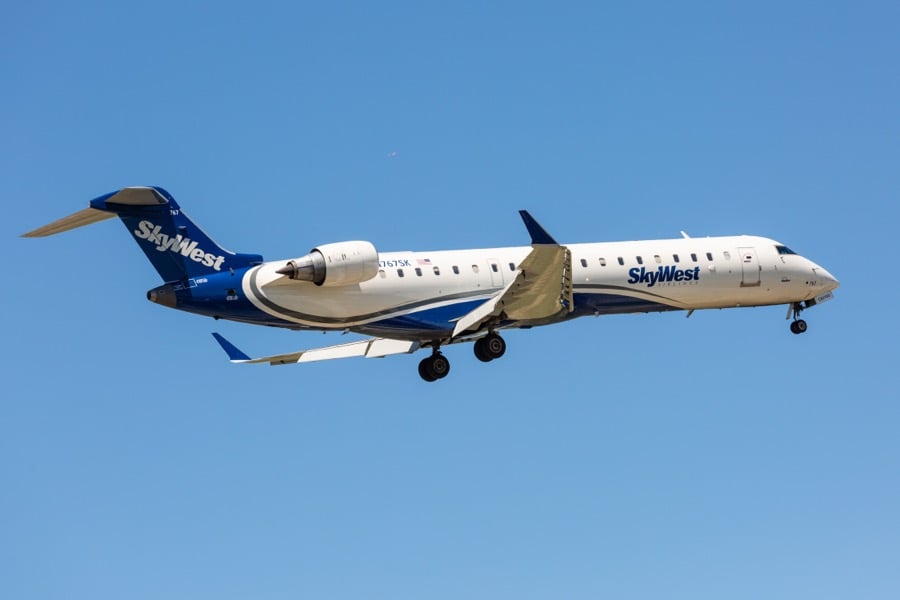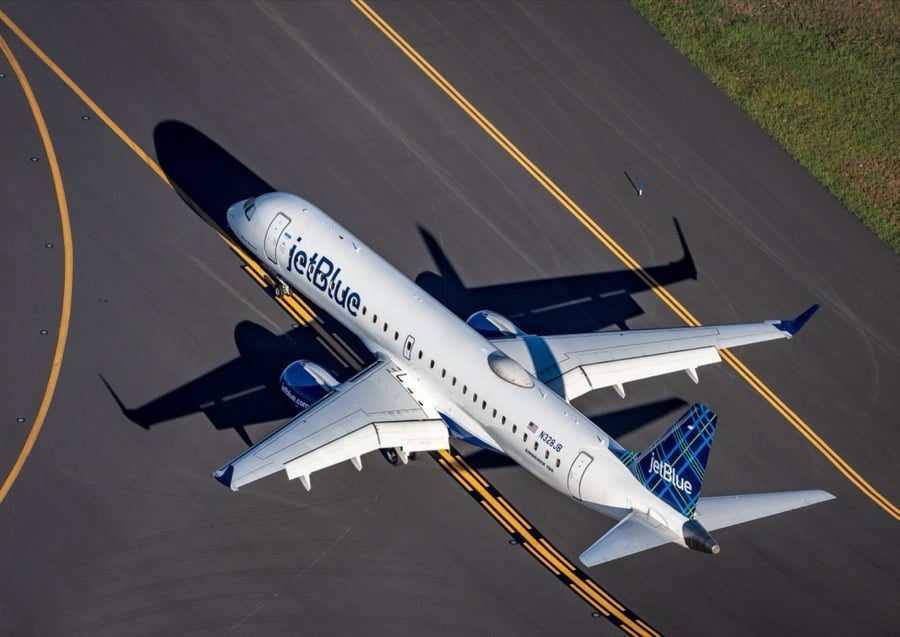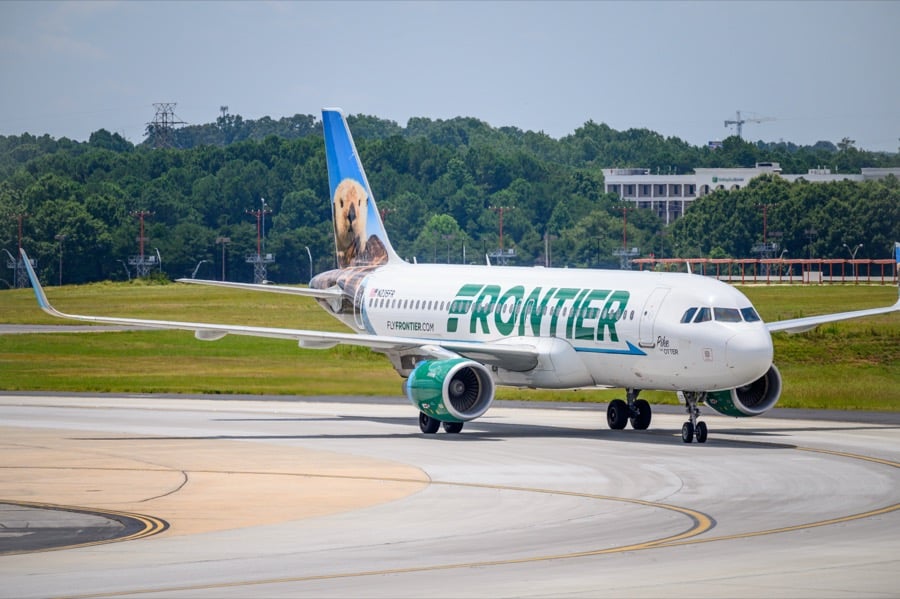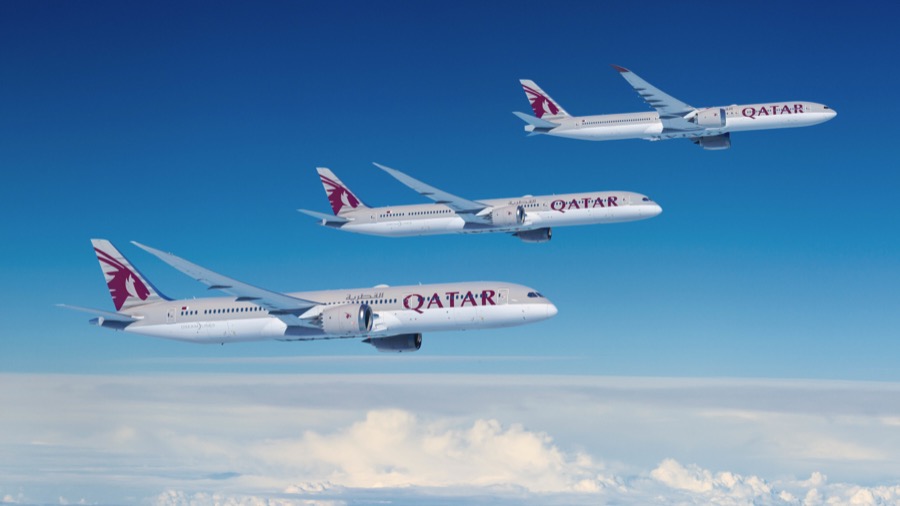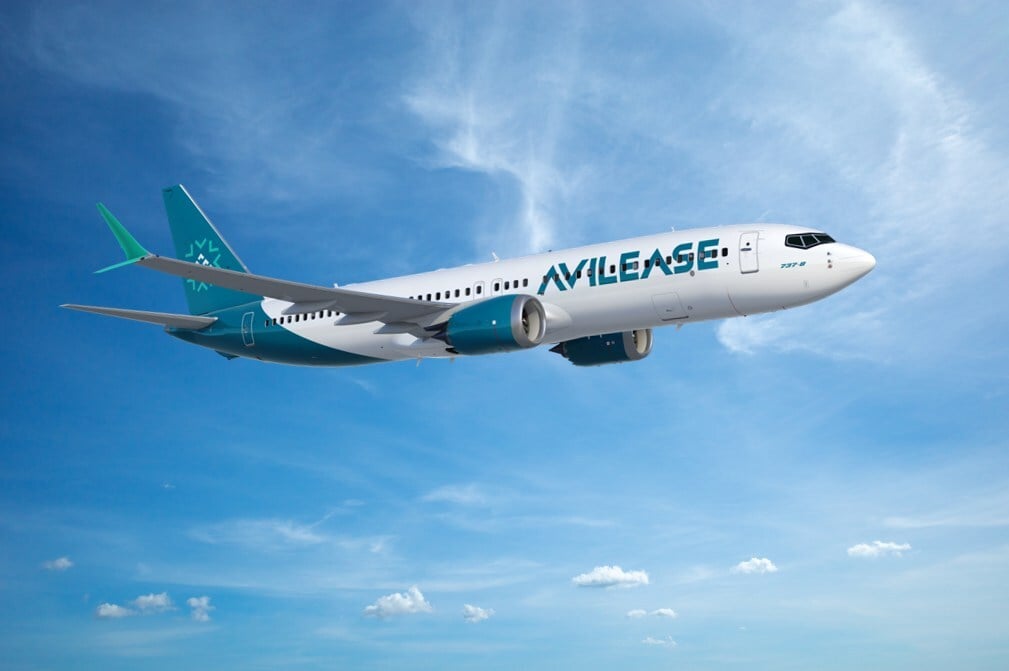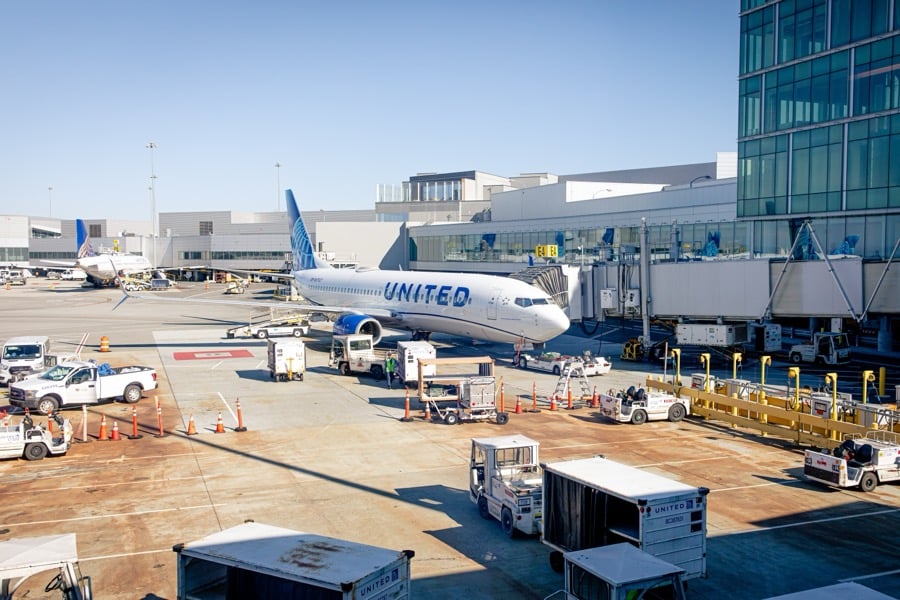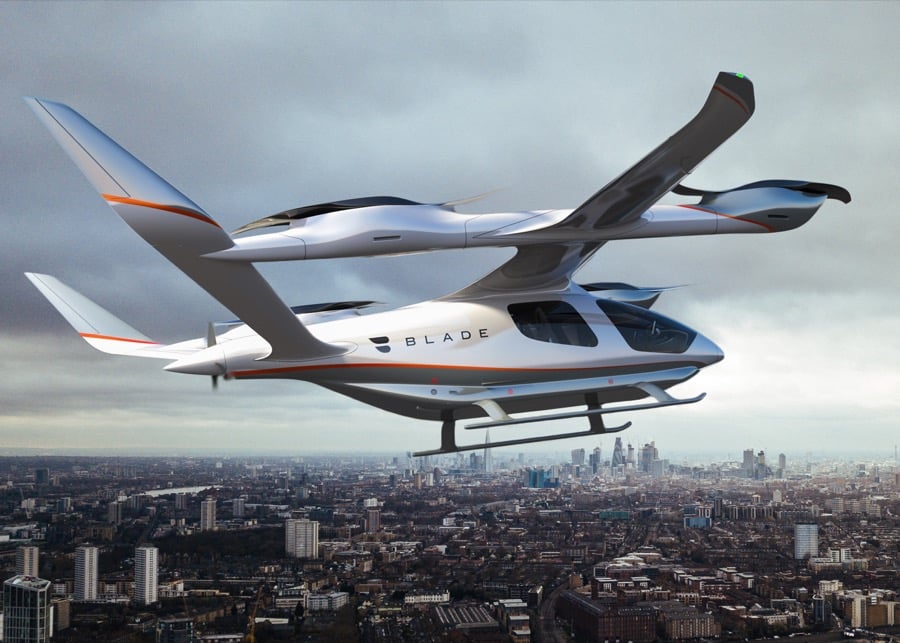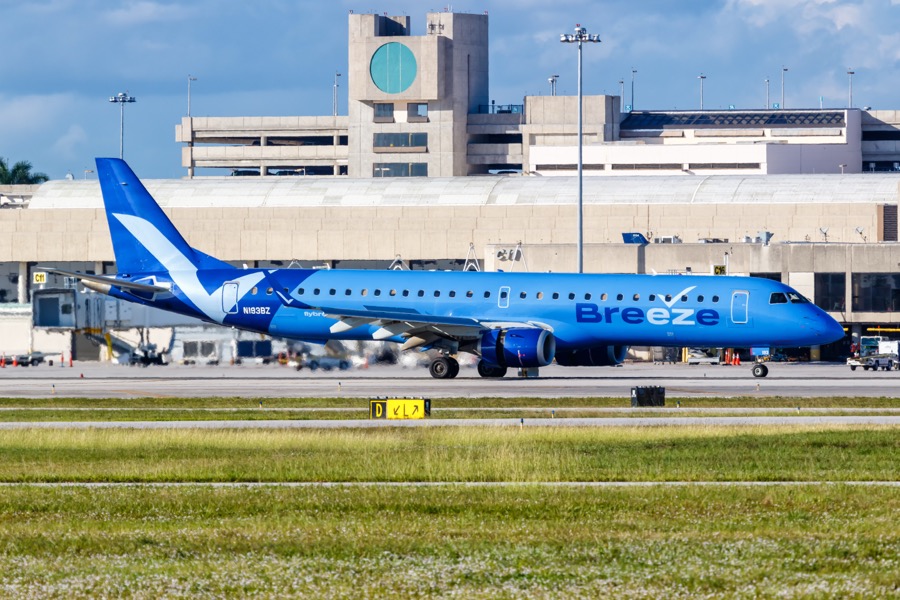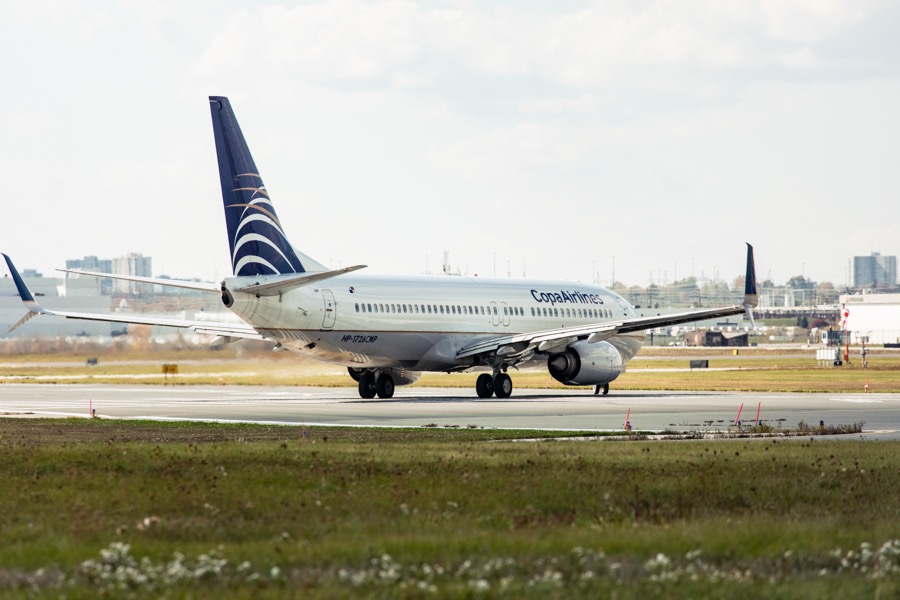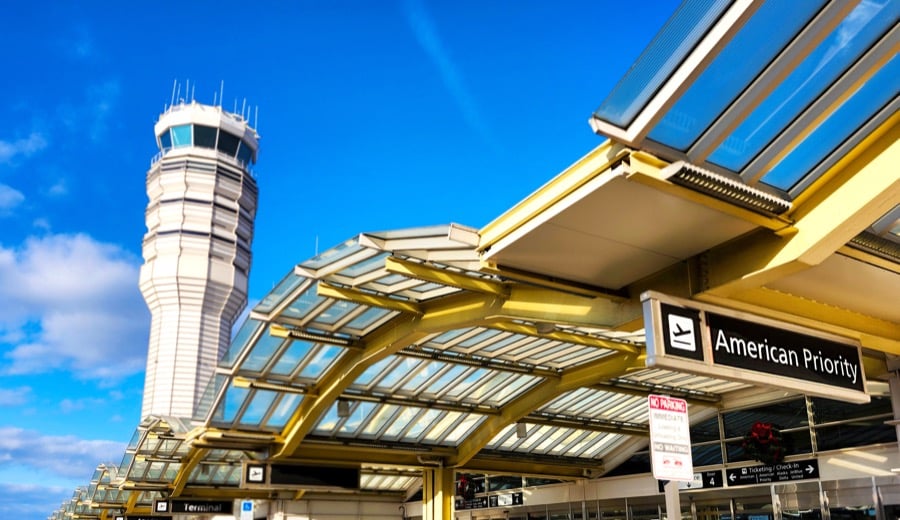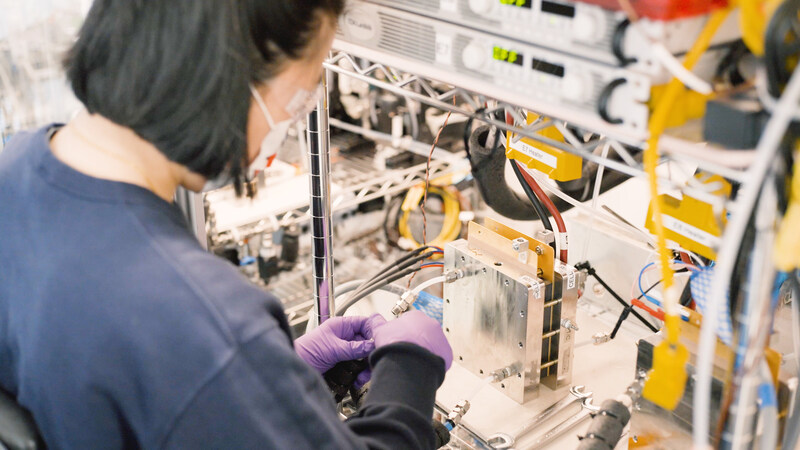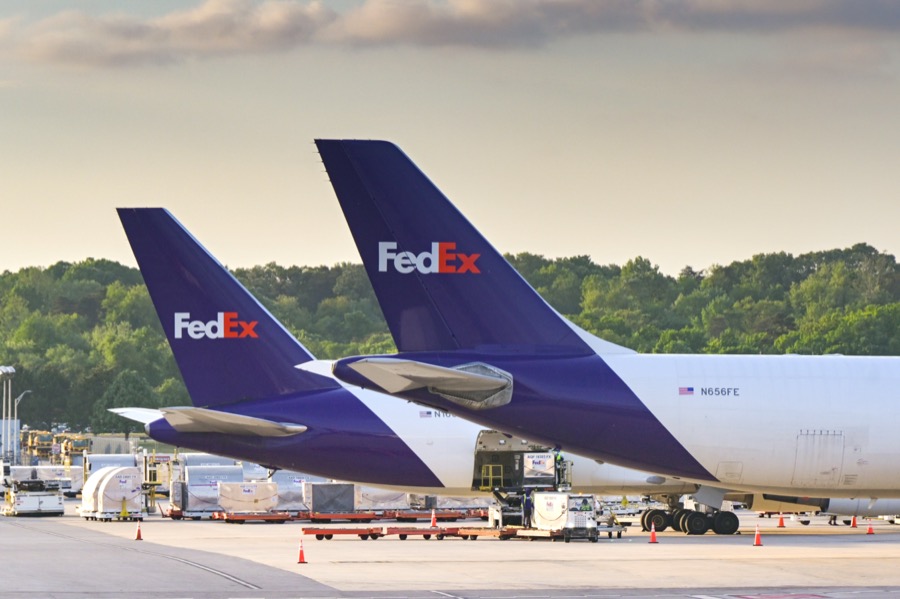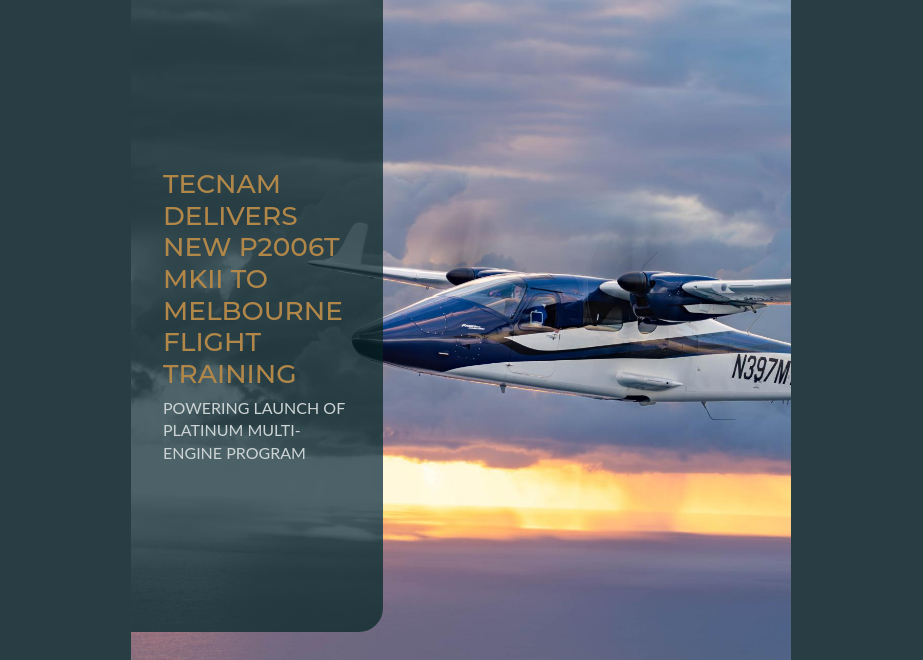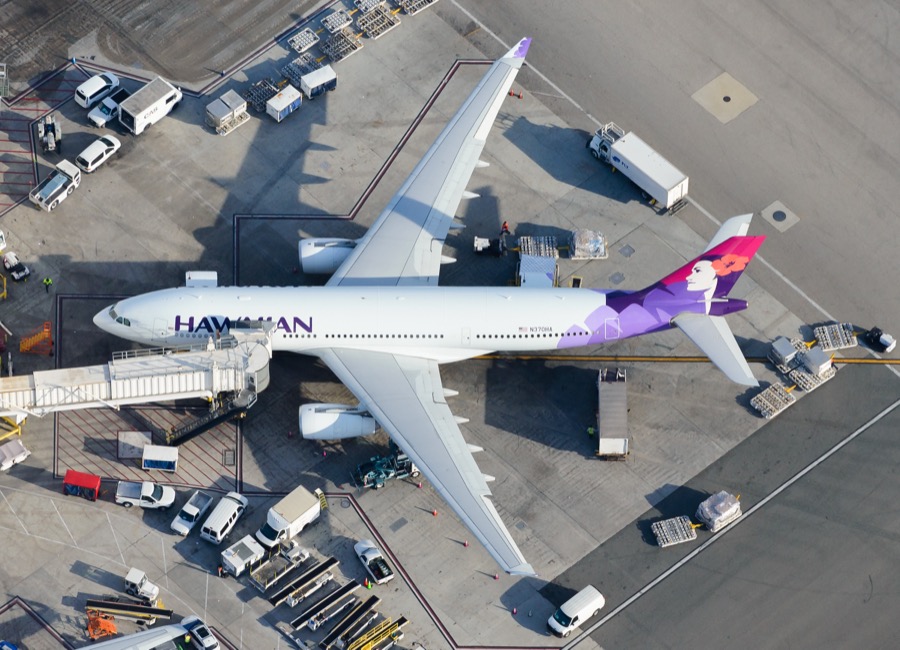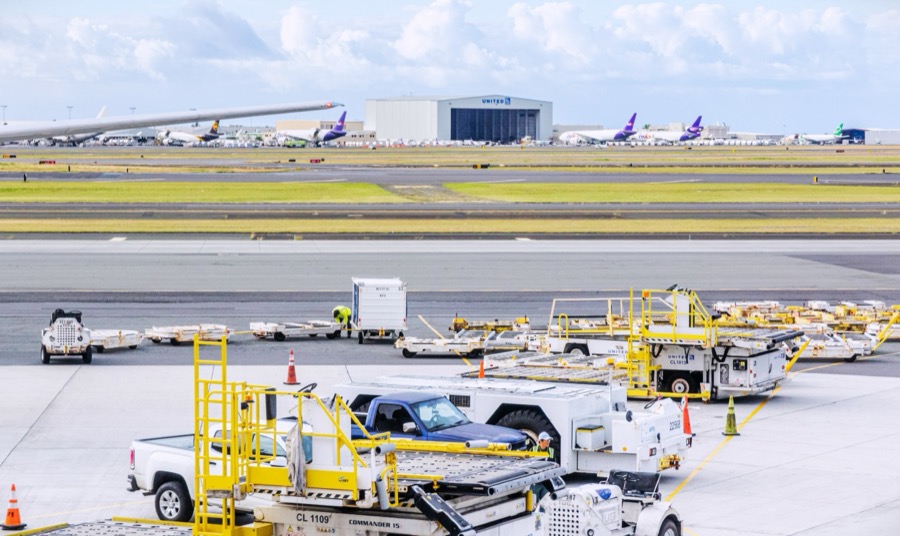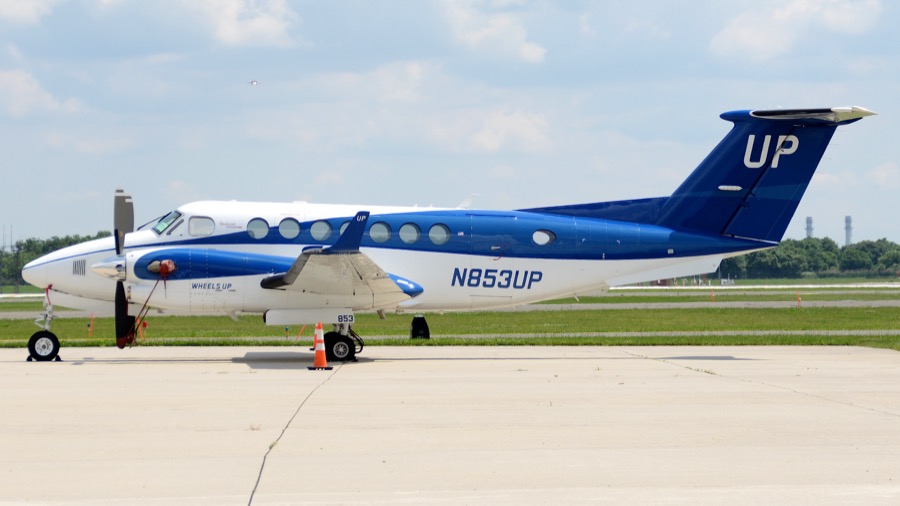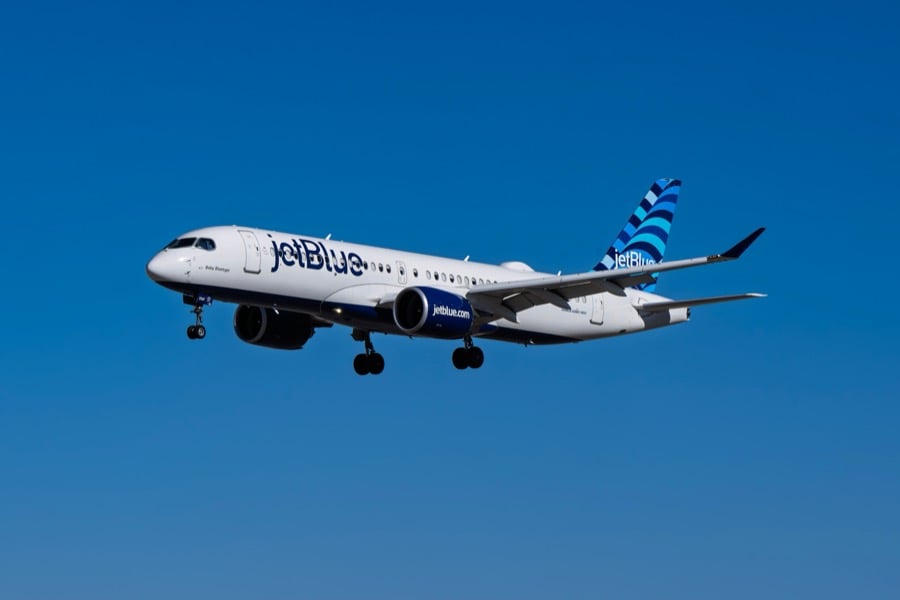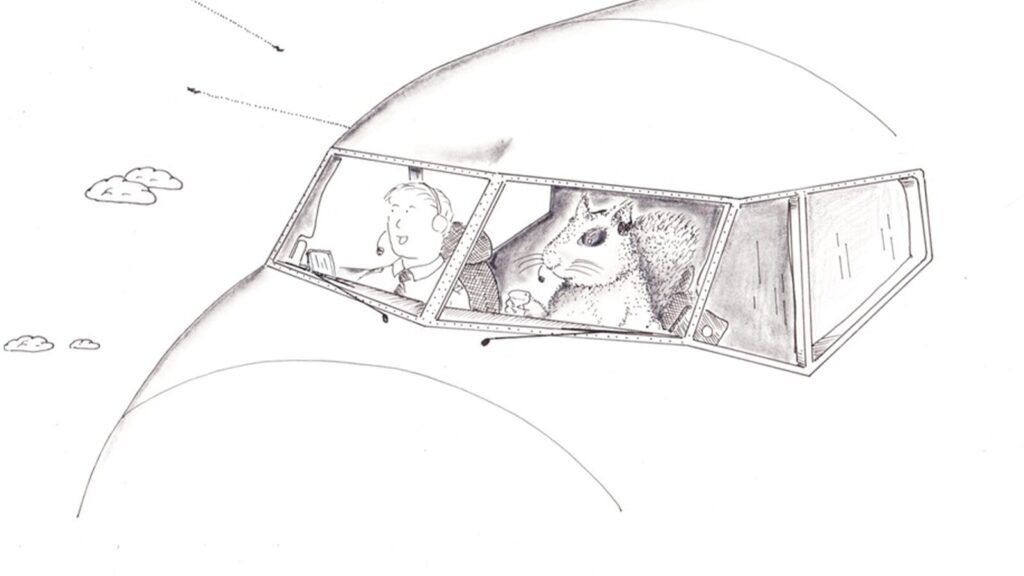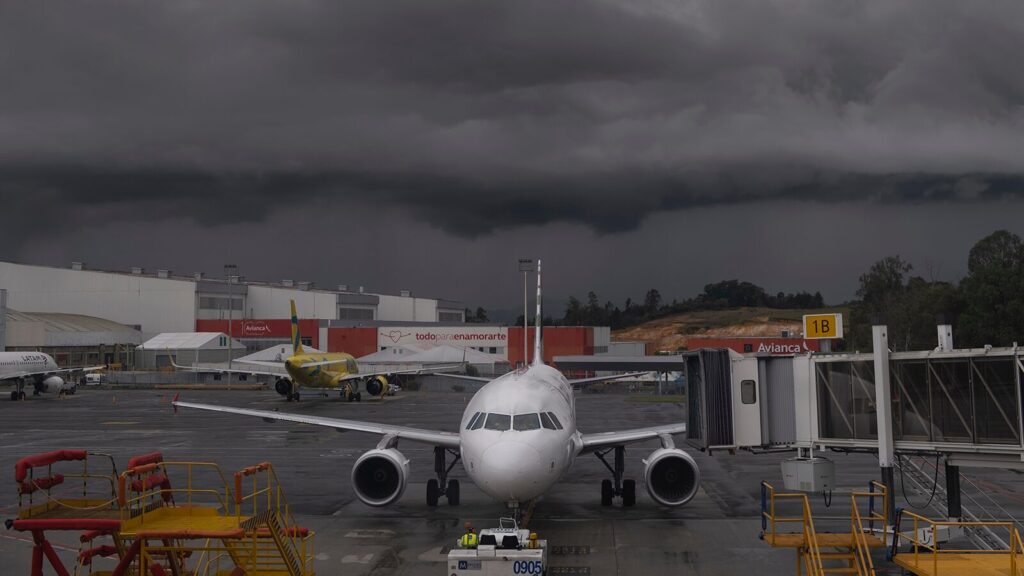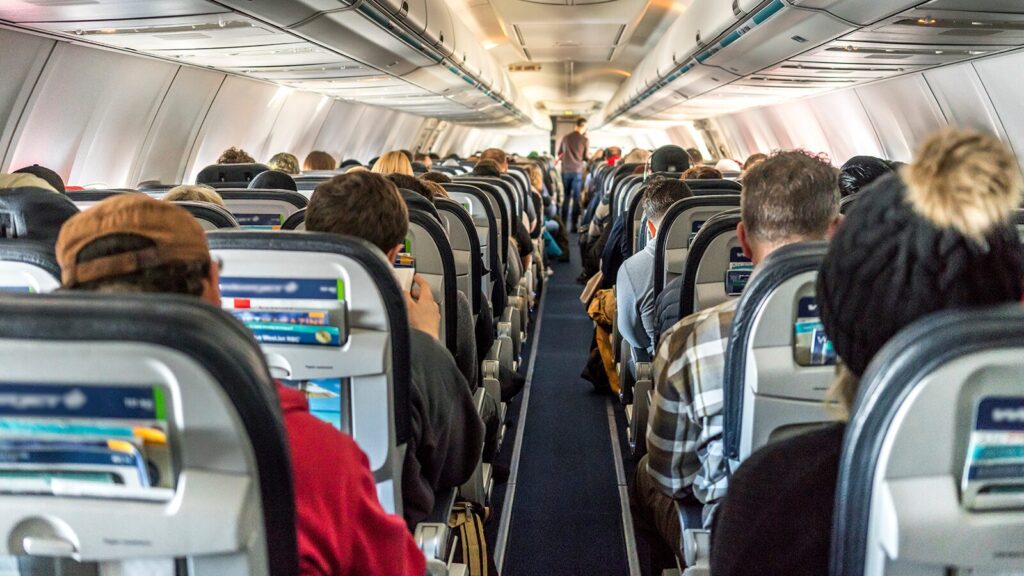We often observe aircraft condensation trails (commonly, contrails) at high altitudes. These long cloudy streaks form behind the turbofan engines that power airliners. The exhaust gasses generated by a turbine engine include water and particles of fuel byproducts. When the exhaust gasses are cooled to the ambient air temperature, the water vapor condenses to form clouds and the impurities in the exhaust gasses, such as soot and sulfur, act as cloud condensation nuclei (CCN) to allow the formation of clouds. The generation and longevity of contrails is a function of ambient air temperature and humidity. Cold and humid conditions promote contrail formation and longevity, whereas you may not observe contrails in warm and dry conditions.

While contrails are visually appealing and awe inspiring, they do play a role in the Earth’s climate system in the diurnal cycle of temperature. Simply put, clouds act to reflect incoming solar radiation back into space and thus reduce surface warming. Clouds also absorb heat (thermal radiation) from the Earth’s surface to produce a warming effect. Climate research of data collected during the three-day grounding of airline operations in the U.S. following 9/11 proved that contrails reduce the cycle of temperature by limiting surface warming by the sun during the day, and by reducing cooling at night. Therefore, in the presence of contrails the Earth’s surface is unable to attain optimal warming or cooling. Those lovely white trails are not helping Mother Nature.
Recent research has shown that contrails may account for 57% of aviation’s impact on global warming. While contrails have a cooling effect by reflecting incoming solar radiation, this effect only happens during daytime and is of less magnitude when compared to their warming effect. Outgoing terrestrial radiation can be absorbed by contrails and reflected towards the surface rather than toward space, thus increasing surface temperatures. This blanket effect can worsen at night when ambient temperatures are cooler, which increases the timespan of the contrail.
References
Lee, D. S., et al. (2021) The contribution of global aviation to anthropogenic climate forcing for 2000 to 2018. Atmospheric Environment, 244, 117834.
Travis D, Carleton A, and Lauritsen R (2002) Contrails reduce daily temperature range. Nature, 418, 601.














